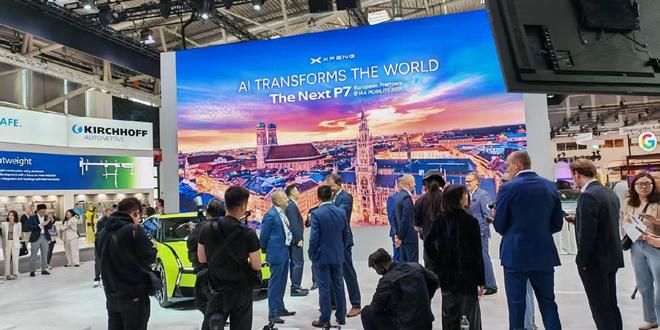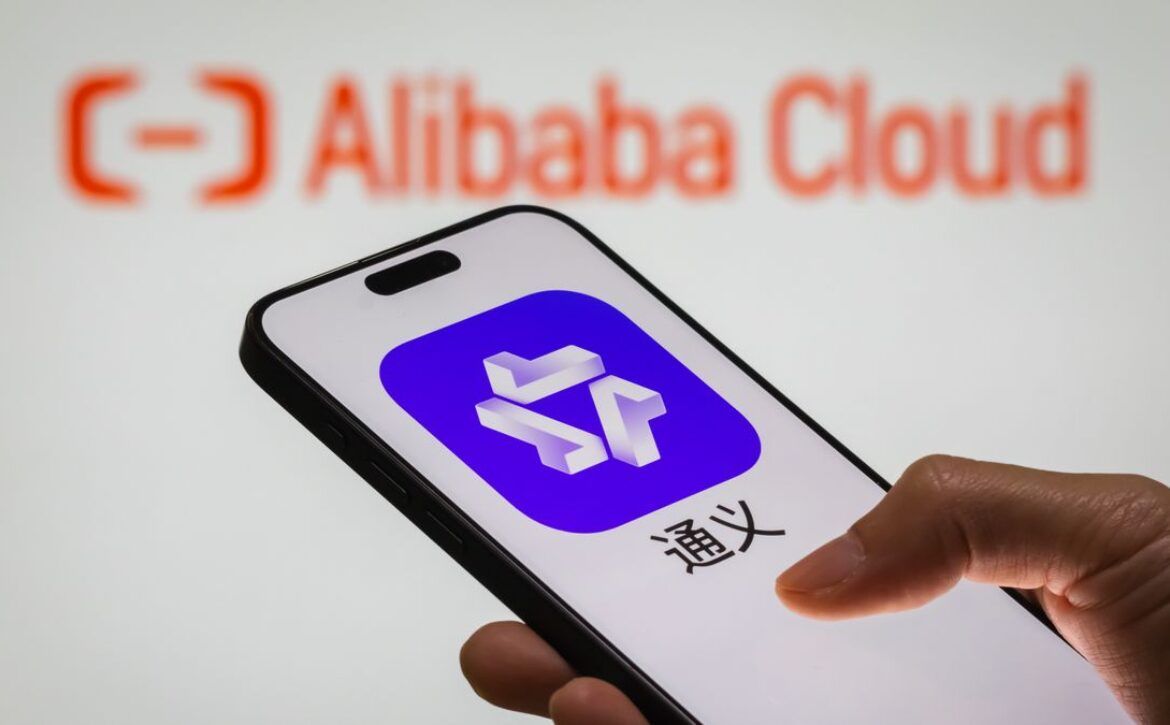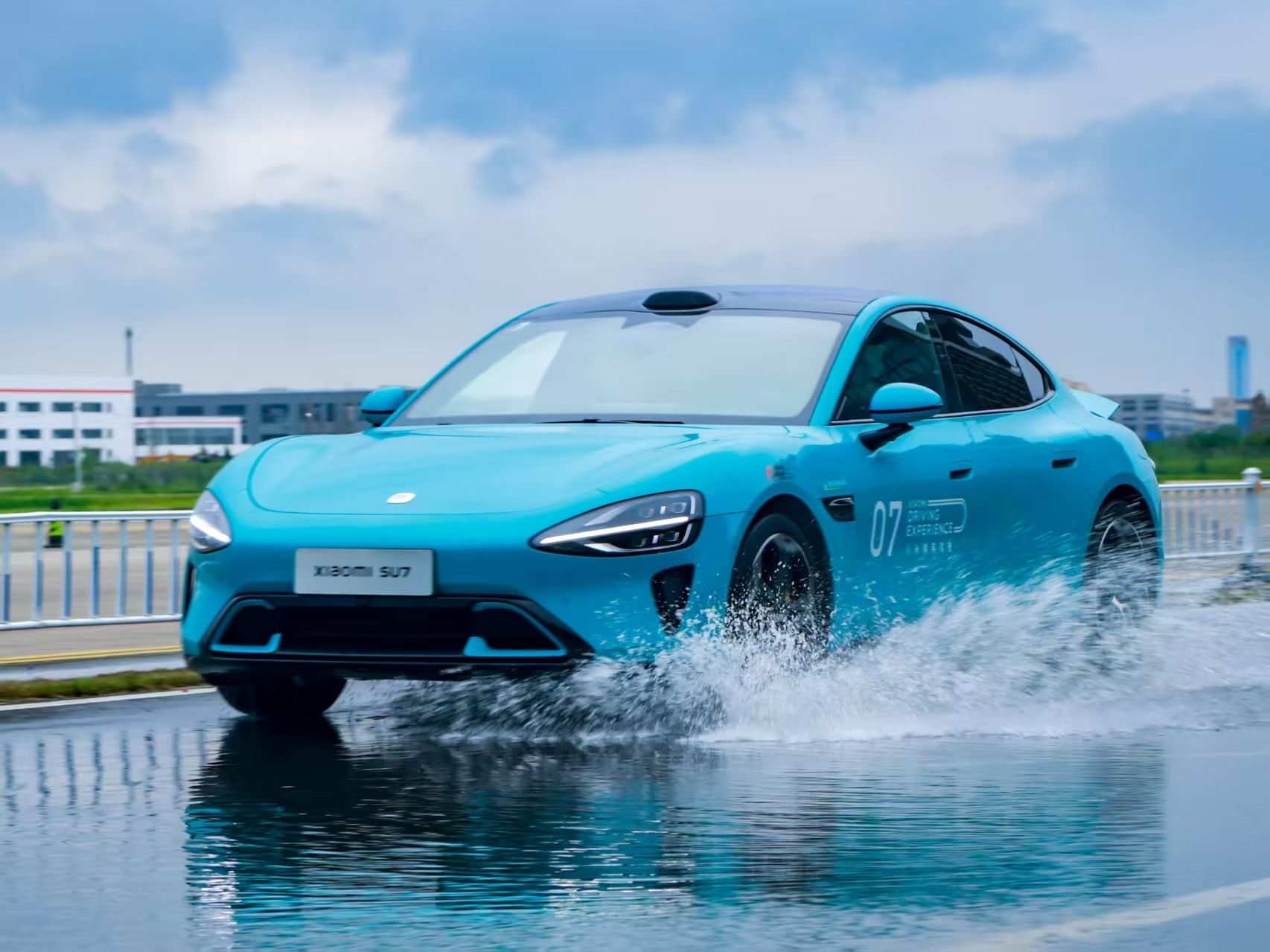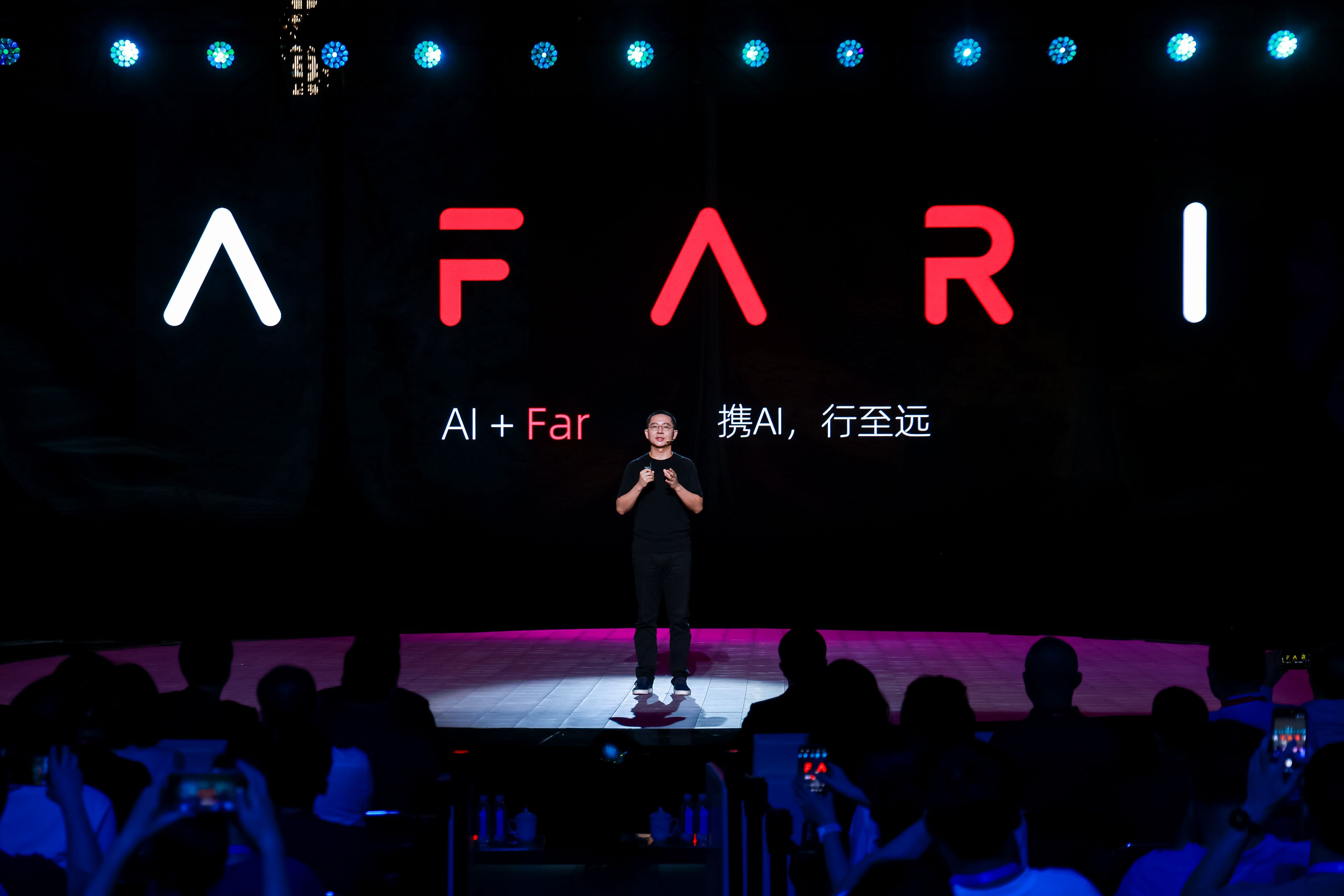
Dense "Cooperation Network" Signals European Era for Chinese New Energy Vehicles
Want to read in a language you're more familiar with?
Faced with rising EU tariffs, Chinese automakers are swiftly pivoting to a new strategy for Europe: localized production through asset-light partnerships. This ...
Faced with rising EU tariffs, Chinese automakers are swiftly pivoting to a new strategy for Europe: localized production through asset-light partnerships. This move signals a critical new phase in their global expansion, shifting from direct exports to building a tangible presence on the ground.
Instead of investing billions in new factories, companies like XPeng and Leapmotor are leveraging the existing capacity of European manufacturing giants. XPeng has partnered with Magna, a renowned automotive supplier, to produce its G6 and G9 models in Austria. Similarly, Leapmotor will utilize the factories of its investor, Stellantis, in Spain to build its electric vehicles.
This "asset-light" approach allows for faster, lower-risk market entry. The strategy extends beyond production. Chinese brands are also collaborating with major European dealer groups like Sweden's Hedin and Hungary's AutoWallis to manage sales and distribution across the continent.
The localization drive isn't limited to carmakers. China's automotive supply chain is also embedding itself in Europe. Battery leader CATL is establishing production bases in Germany, Hungary, and Spain through partnerships, including one with Stellantis. Meanwhile, autonomous driving firm Horizon Robotics is expanding its European footprint by co-developing technology with Tier-1 suppliers like Bosch and Continental.
Despite the advanced manufacturing plans, the ultimate test lies in convincing European consumers. While Chinese EVs are often acknowledged for their technological edge, purchase intent is mixed. Some drivers are intrigued by those latest techs, while others express a preference for supporting local brands.
To address this, most Chinese automakers are adapting their products. Many are launching "European version" models, and some, like Chery, have even created entirely new brands for the region. There's also a focus on exporting plug-in hybrids and premium small cars to align with local preferences.
However, not all are adapting. XPeng is betting that European tastes will converge with China's. "We insist on global consistency," stated XPeng's Chairman, He Xiaopeng, confirming the company will not develop a Europe-specific model, opting instead to introduce its full suite of technological features.
The coming years will be a crucial test. Can Chinese automakers, through this web of local partnerships, successfully navigate trade barriers and build lasting trust with European customers? Their "European moment" has arrived, and the industry is watching closely.





